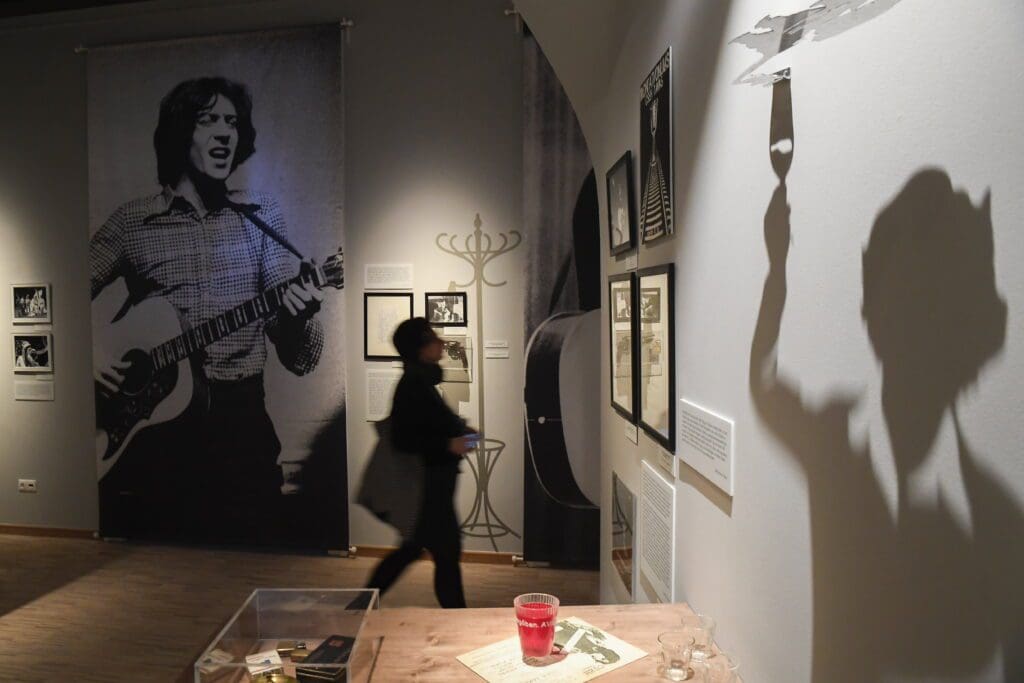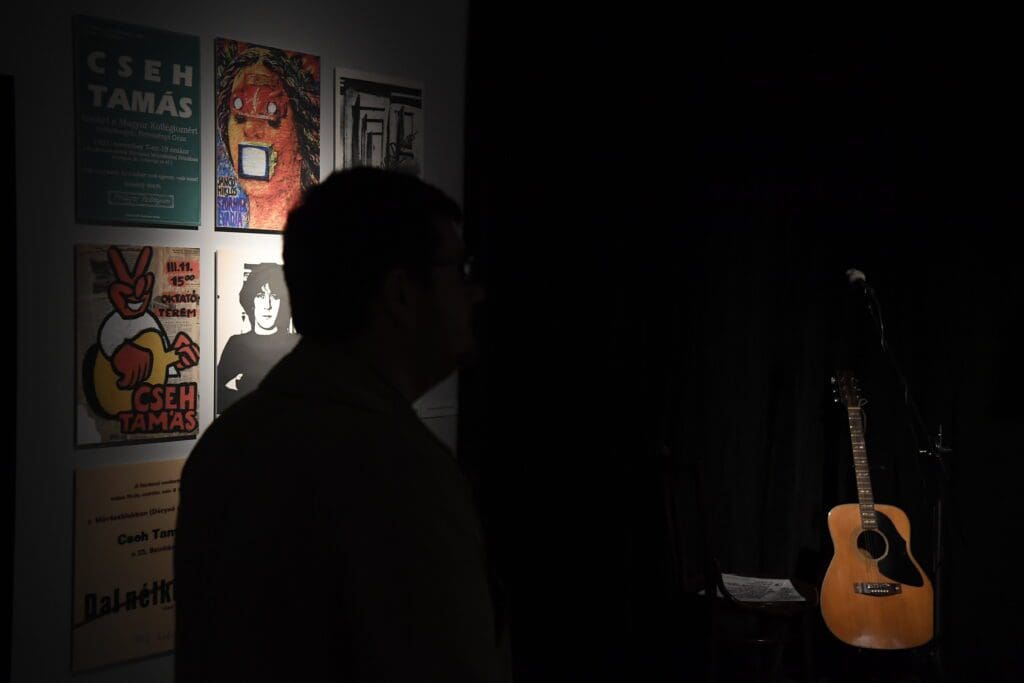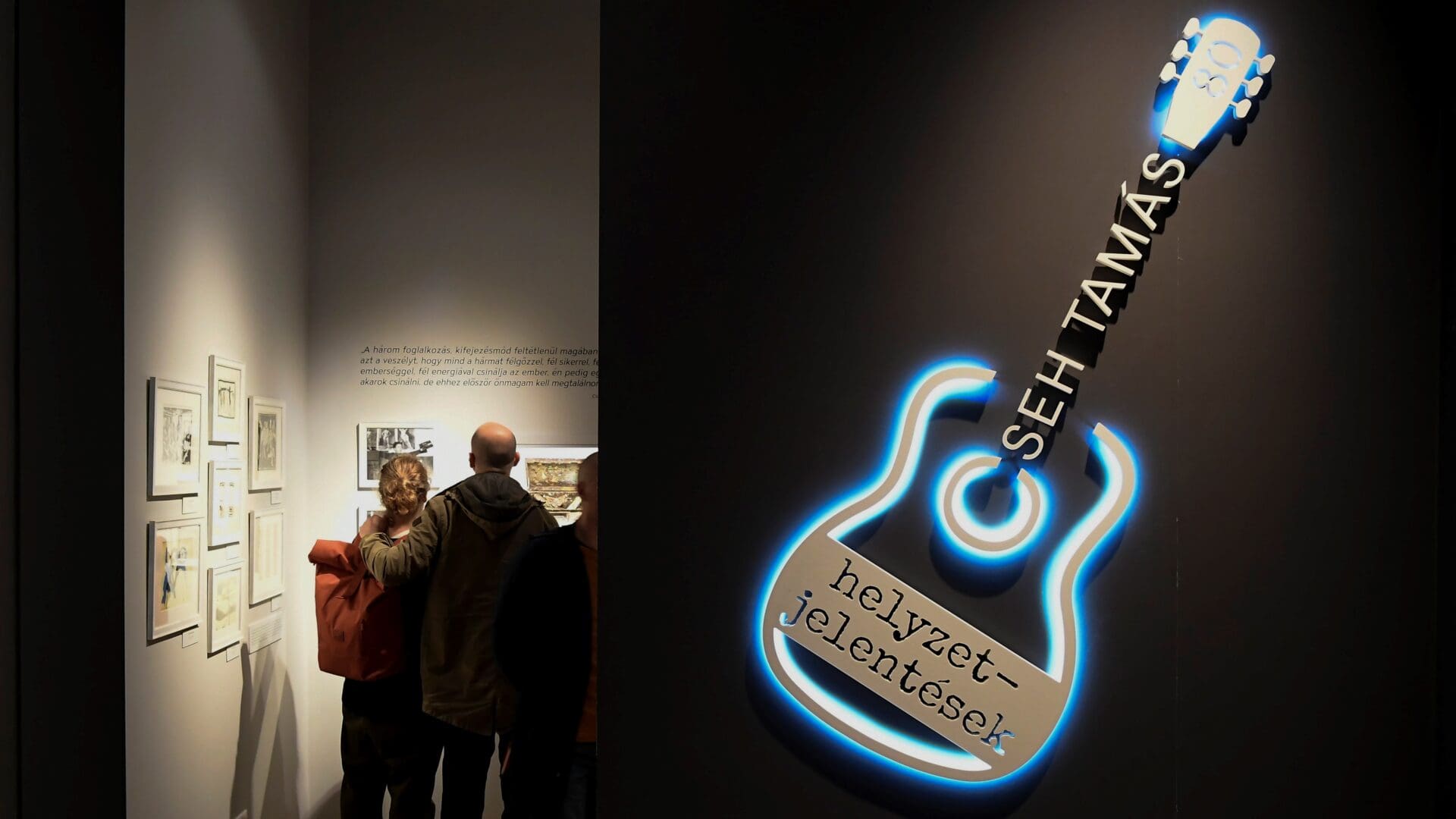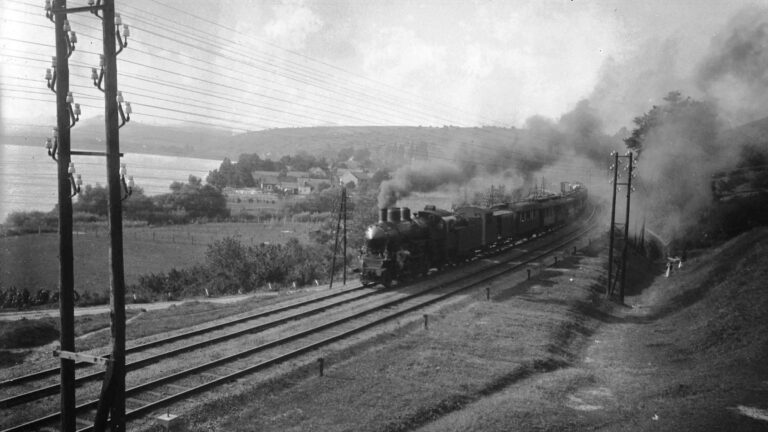The exhibition titled ‘Situation Reports’ at the Petőfi Literary Museum (PIM) in Budapest is on display from Tuesday, 25 April. It pays tribute to Tamás Cseh, who was born eighty years ago. Tamás Cseh was one of the most well-known and revered Hungarian musicians ever. He was a prolific composer, singer, and actor, whose work was recognised with the highest cultural awards of Hungary, the Kossuth and the Liszt Ferenc Prizes.

The life of Cseh, originally an art teacher at a primary school in Budapest from 1967 to 1974, changed forever when he met author and screenwriter Géza Bereményi, with whom he formed an iconic artistic alliance and friendship to produce songs that have become anthem-like pieces for entire generations. The songs, whose lyrics were written by Beremény and the music composed by Cseh, represented a breath of fresh air in the depressive, soft-dictatorial socialist decades of the the 1970s and the 1980s, and carried subtle but at the same time quite obvious rebellious and non-conformist messages. The songs and Cseh were so popular that the regime chose to tolerate them, rather than ban them.
No Title
cseh tamás énekel
Cseh also appeared in many groundbreaking films before and after the system change alike. Several of these were directed by giant of the Hungarian cinema Miklós Jancsó; these motion pictures later became regarded as outstanding achievements in Hungarian filmography.
Jancsó Miklós és Cseh Tamás
Cseh Tamás – Bereményi Géza: Lee van Cleef Jancsó Miklós: Szerelmem Elektra – részlet és más dokumentumok alapján összeállította a Cseh Tamás Archívum Országos Széchényi Könyvtár
Tamás Cseh’s popularity remained unchanged even after the system change, and he remained a successfil and prolific artists until his premature death in 2009.
During the opening ceremony of the exhibition on Monday evening, the director-general of PIM pointed out that an inheritance from a legacy only becomes heritage if it is exhibited in a museum. Szilárd Demeter highlighted the uniqueness of the commemorative exhibition.
László Bérczes, the author of the book Consersations with Tamás Cseh book and the exhibition’s director, emphasised that the key concept of Tamás Cseh’s body of work is freedom. He added that the PIM exhibition does not operate with lofty words but provides a factual overview of the songwriter’s work.
The curators discovered ‘fantastic treasures,’ including writings, drawings, photographs, and objects with a history, such as Tamás Cseh’s Polish hitchhiking license, the guitar he received from iconic Hungarian guitarist and lead singer János Baksa-Soós, his personal belongings left on his desk before his death, and countless personal moments captured in photographs.

Balázs Csengey explained the exhibition’s title by saying that in the 1970s, Tamás Cseh and Géza Bereményi often referred to their joint songs as situation reports. The exhibition’s aim is to show how the genre of the song emerged in Tamás Cseh’s life as a drawing teacher, who were those who pushed him towards the stage even before he met Géza Bereményi, and how his life’s work unfolded. The exhibition is essentially a display of the Tamás Cseh legacy, but Balázs Csengey added that multimedia components are also an important part of it.
The Petőfi Literary Museum’s Tamás Cseh exhibition will be open until 28 January 2024.








